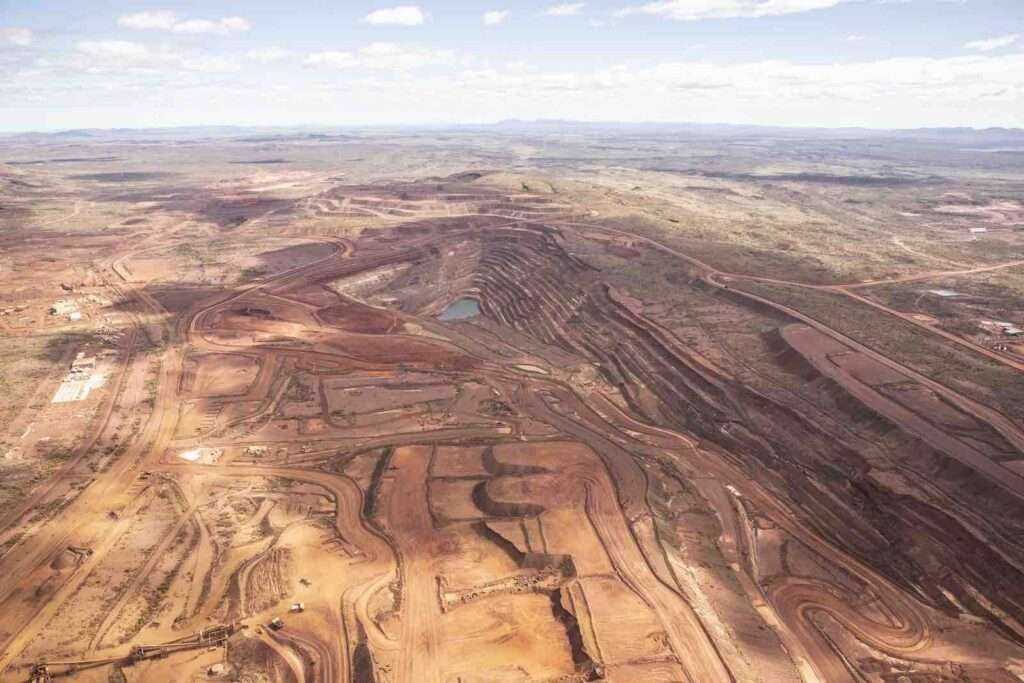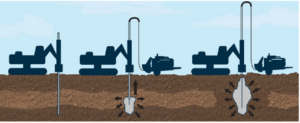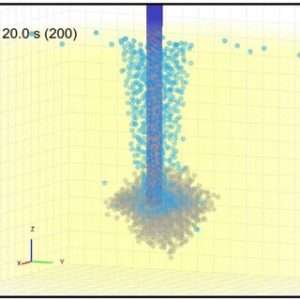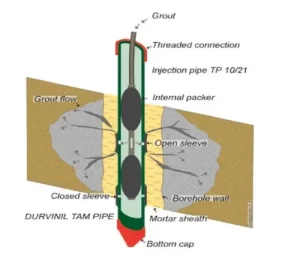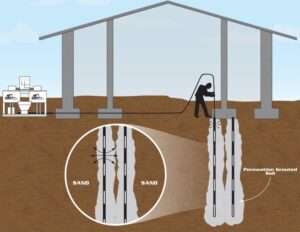Ground improvement techniques are critical in modern construction, ensuring that structures built on weak or unstable soils remain safe and durable. These methods enhance the physical, chemical, and mechanical properties of soil, making it suitable for supporting various infrastructure projects such as buildings, roads, bridges, and dams. Here’s a closer look at some of the most effective ground improvement techniques used today.
- Compaction Techniques
Compaction increases soil density by reducing air gaps within the soil particles. Methods include:
- Static Compaction: Using heavy rollers to apply pressure.
- Dynamic Compaction: Dropping heavy weights repeatedly on the soil surface.
- Vibro-compaction: Using vibrating probes to rearrange soil particles, particularly in sandy soils.
These methods are often used in road construction, embankments, and other large-scale projects.
- Soil Stabilization
Soil stabilization modifies soil properties through the addition of binders or chemicals. Examples include:
- Cement Stabilization: Adding cement to soil to enhance compressive strength.
- Lime Stabilization: Commonly used for clayey soils to reduce plasticity and improve load-bearing capacity.
- Chemical Stabilization: Using polymers or other additives to bind particles together.
Stabilization is ideal for creating stable foundations for structures like warehouses and pavements.
- Grouting Techniques
Grouting involves injecting a fluid material into the ground to fill voids and strengthen the soil. Common grouting types include:
- Cementitious Grouting: A mix of cement and water injected under pressure.
- Chemical Grouting: Using chemicals like silicates to stabilize soil.
- Permeation Grouting: Enhancing permeability by injecting grout into porous soil.
Grouting is often used in tunnel construction and to reduce settlement under existing structures.
- Preloading and Vertical Drains
This method applies load to the ground to consolidate weak soil layers over time. Vertical drains are often used in conjunction with preloading to expedite water drainage from saturated soils, accelerating the settlement process. This technique is frequently used for large-scale projects like airport runways and reclamation areas.
- Vibro-Replacement and Stone Columns
This technique involves drilling into the soil and replacing weaker material with compacted gravel or crushed stones.
- Stone columns improve bearing capacity and reduce settlement in soft clay soils.
- Vibro-replacement uses specialized equipment to densify soil while placing the stone.
It is commonly used for industrial buildings, railways, and embankments.
- Geosynthetics
Geosynthetic materials, such as geotextiles, geogrids, and geomembranes, are extensively used in ground improvement. These materials:
- Reinforce soil layers.
- Provide separation between different soil types.
- Improve drainage and reduce erosion.
They are often employed in retaining walls, slope stabilization, and road construction.
- Jet Grouting
Jet grouting uses high-pressure jets to break down soil and mix it with a binder like cement to create a strong, homogenous mass. This technique is highly versatile and can be used for almost all soil types, making it suitable for underpinning, excavation support, and water cutoff walls.
- Soil Nailing and Micro-Piles
- Soil Nailing: Steel bars are inserted into slopes or excavation faces to stabilize them.
- Micro-Piles: Small-diameter piles drilled into the ground to transfer loads to deeper, more stable layers.
Both techniques are widely used for retaining walls, slope stabilization, and earthquake-prone areas.
Benefits of Ground Improvement
- Increased Load-Bearing Capacity: Enhances the soil’s ability to support structures.
- Reduced Settlement: Minimizes differential settlement that could damage structures.
- Cost Efficiency: Avoids expensive deep foundation systems.
- Environmental Benefits: Allows for the use of local soils, reducing transportation costs and carbon emissions.
Conclusion
Ground improvement techniques have revolutionized the construction industry, enabling safe and sustainable development on previously unsuitable soils. Selecting the right method depends on site conditions, project requirements, and cost considerations. By implementing these techniques, engineers ensure that structures remain stable, durable, and secure for years to come.
This article provides an overview of various ground improvement techniques, highlighting their applications and benefits in modern construction practices.


